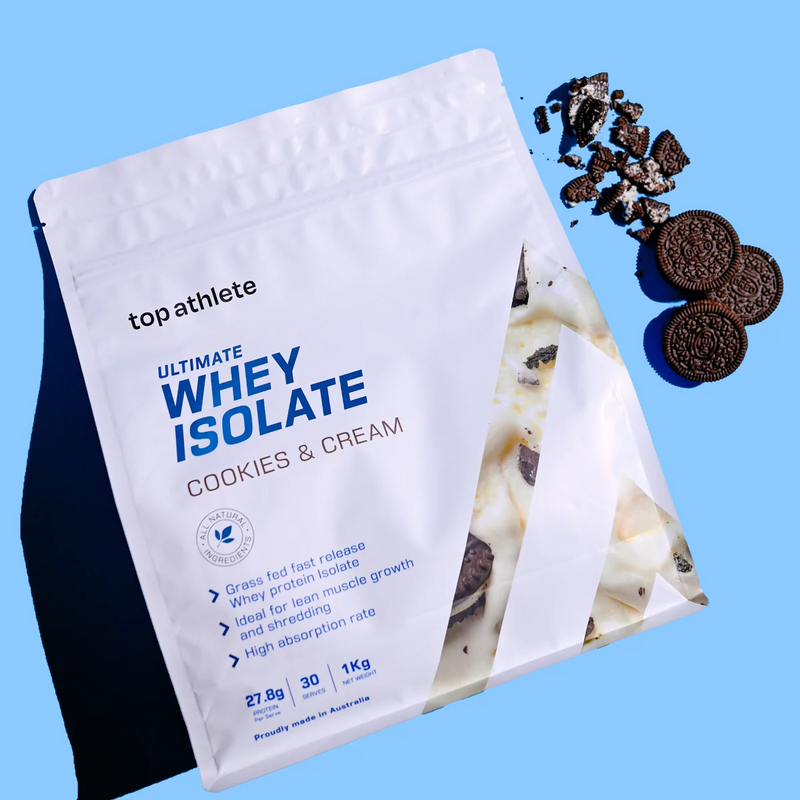Here's how whey protein works:
-
Protein source: As a high-quality protein source, whey protein provides the body with the essential amino acids needed for various physiological functions, including muscle repair, immune system support, enzyme production, and hormone synthesis.
-
Muscle protein synthesis: One of the key mechanisms behind whey protein's popularity in the fitness community is its ability to stimulate muscle protein synthesis (MPS). After intense physical activity or resistance training, muscles experience microscopic damage. Consuming whey protein, especially around the workout window, can trigger MPS, promoting the repair and growth of muscle fibers.
-
Rapid absorption: Whey protein is known for its fast absorption rate, leading to a quick increase in blood amino acid levels. This rapid availability of amino acids allows the body to utilize them for various processes, including muscle repair and growth, faster than other protein sources.
-
Leucine content: Whey protein is particularly high in the amino acid leucine, which plays a crucial role in stimulating muscle protein synthesis. Leucine acts as a signal for MPS, making whey protein an effective choice for those seeking to maximize muscle gains.
-
Appetite control: Protein, in general, is known to promote satiety and help control appetite. Whey protein, due to its rapid digestion and release of amino acids, can contribute to feelings of fullness, which may assist with weight management or weight loss goals.
-
Immune system support: Whey protein contains immunoglobulins and lactoferrin, which are bioactive compounds that support the immune system's function and help protect against infections.
-
Nutritional convenience: Whey protein supplements come in various forms, such as powders and ready-to-drink shakes, providing a convenient and portable way to increase protein intake, especially for those with busy lifestyles or limited access to whole food protein sources.



